Arrival: Mariscal Sucre International Airport
Transfer to the hotel. (1 hour)
Accommodation: Patio Andaluz Hotel
-/-/-
Breakfast at the hotel.
Quito city tour is perfect for seeing fascinating panoramas, churches, domes and roofs that have an important historical value. You will admire and learn about colonial art, architecture, culture, legends, and traditions. Quito, the capital of Ecuador, was founded in the 16th century on the ruins of an Inca city and stands at an altitude of 9.350 feet. Despite the 1917 earthquake, the city has the best-preserved, least altered historic Center in Latin America. The architecture and rich interiors, are pure examples of Quito School of sculpture, which is a fusion of Spanish, Italian, Moorish, Flemish and indigenous art. After 3 incredible hours exploring the Old Town, you’ll understand why Quito was the world’s first city named to UNESCO’s Cultural Heritage list.
In the old town we are going to visit:
- Basilicia Church: is the Biggest Neogothic Church in South America. This religious construction was designed by the French architect Emilio Tarlier, who was inspired by the Parisian cathedral of Notre Dame.
- Plaza Grande: Plaza de la Independencia, locally known as Plaza Grande, is where Quito’s daily life and historic and national symbolism collide. In the center of the Plaza de la Independencia we find the monument to the Heroes of Independence that was built at the beginning of the 20th century, which symbolizes the triumph of the Republic against the Spanish colony. Around the Plaza you can visit the Carondelet Plaza and Archbishop’s Palace.
- Compañía de Jesús Church: is Quito’s most ornate church and a standout among the baroque splendors of the Old Town. It is a Jesuit church, and one of the most interesting and spectacular in Quito. From the outside the church is distinctive for its green and gold domes.
- San Francisco Church: It stands proud on one side of the main square in the old town of Quito. Was built on the site of an Inca temple, which means it stands slightly higher than some of the other buildings in the city. It is considered to be a baroque church, and one of the most important in the city. Throughout the church are both Catholic and indigenous symbols.
- Panecillo Hill: It is the most important natural viewpoint of Quito. The Panecillo is currently crowned by a giant aluminum sculpture of the «Virgin of Quito», created in 1975 by the Spaniard Agustín de la Herrán Matorras, which was based on the Virgin of Legarda or Apocalyptic Virgin; 18th century work by Bernardo de Legarda, one of the most important representatives of the Quito School.
At the afternoon, you will visit: “Cuidad Mitad Del Mundo” and Intiñan Museum.
1.) “Ciudad Mitad del Mundo”
“Ciudad Mitad del Mundo” is touristic, cultural, scientific and commercial artificial city of Ecuador. Its architecture is based on colonial style. An obelisk and a museum relevant to its geographical location were built at the Middle of the World site. All of this is found among the drastic landscape surrounded by nature and modern buildings. The monument is crowned by a metallic sphere that represents the Earth. It is named Equatorial Monument and it geographical orientation coincides with the four cardinal points and is located precisely at Earth’s midpoint — 0 degrees latitude, 0 minutes, 0 seconds.
2.) Intiñan Museum
Since the year 1960, the Intiñan Museum in Quito has been a center for the promotion of the many aspects of Ecuador’s culture. This museum offers interactive exhibits on how the Incas determined the middle of the earth, plus interesting science experiments such as balancing an egg on a nail and why water rotates in opposite directions on opposite sides of the Equator and why it’s difficult to walk in a straight line along this imaginary line.
Accommodation: Patio Andaluz Hotel
B/-/-
Breakfast: at the hotel.
The first stop is in Papallacta. Papallacta is famous for its hot springs,. It is a small village in Ecuador located at an altitude of 3,300 m in the Andes just off the Eastern Cordilleras on the road from Quito which leads into the Amazon jungle. Descending from the peak to Papallacta, one passes through the portal where the ecosystems transform from alpine to tropical jungle.
There are three important reasons to visit “Termas de Papallacta”: Health, recreation & relaxation.
The thermal baths are located on the banks of the Papallacta River in a unique natural environment; here we can find nine hot thermal pools and three cold water pools. The source temperature of the thermal baths varies between 30°C and 70°C (86°F and 158°F). At the pools the temperature ranges from 36°C to 40°C (97°F to 104°F). Papallacta´s thermal waters contain sulfates, sodium, calcium, chloride and traces of magnesium which are odorless, colorless but have a slightly salty taste.
The baths’ curative properties are anti-allergenic, anti-inflammatory, diuretic and anti-rheumatic.
We will continue our journey along a scenic stretch of road which takes us out of the majestic Andes highlands and down into the “Oriente”, or Amazon region. Along the way there will be several opportunities to stop for photographs, overlooking lush green valleys and beautiful sparkling waterfalls. The road ends at Punta Ahuano, a tiny port town on the North bank of the Napo River, where canoes await for a late-afternoon 15-minute ride downstream to la Casa del Suizo.
We arrive to la Casa del Suizo.
Later, we will continue to the village of Ahuano, where we may learn about several aspects of traditional Quichua culture. A local host will show us how to make chicha, a typical beverage (which of course all may taste), and demonstrate the spiritual cleaning rituals still practiced today throughout the surrounding community. Finally, all may participate in a blowgun target-shooting.
Accommodation: Casa del Suizo Lodge
B/-/D
Breakfast: at the lodge.
After breakfast we will board a dugout canoe, and navigate 20 minutes down the waters of the scenic Napo River. The destination is Cosano where during an approximately two-hour walk through primary rainforest visitors at all times will be on the lookout for tropical birds, and point out important aspects of the surrounding vegetation. Just across the river from La Casa del Suizo is Amazoonico, a rescue center for wounded and displaced tropical rainforest animals. Here it is possible to see coatis, tapirs, and several species of monkey, snakes, and a variety of birds, many of which wander around freely.
Or if you decide to do other excursion we can offer you “The Island”: A one-hour walk along a totally flat river island, where one may observe a great variety of plants and insects.
Later we will visit Mariposario (butterfly house) where we will have an opportunity to see variety of butterflies and their metamorphosis.
Accommodation: Casa del Suizo Lodge
B/L/D
Breakfast: at the lodge.
After breakfast we will continue to Baños. Baños is known as “The Gate of the Amazon Region.” Baños is located on the outside of the eastern range of the Andes. It is a perfect place to relax and explore. This small town is famous worldwide for its natural crystalline waterfalls.
We will arrive to Río Verde, where the Pailón del Diablo is located, considered one of the ten largest jumps.
Pailon del Diablo is the most majestic among the waterfalls in Ruta de la Cascadas. This waterfall is 80 meters tall and 1,410 meters above sea level.
Then we will continue to the waterfalls route, we will make several stops to explore the waterfalls in the area, first we will observe the Agoyan Waterfall, we will continue to the Manto de la Novia waterfall where we will have an opportunity to cross in tarabita.
Transfer to the hotel.
Accommodation: Sangay Hotel
B/-/-
Breakfast: at the hotel
After breakfast We will visit the famous Swing of the End of the World, located in La Casa Del Arbol, which is a long swing located on top of a steep slope, with a beautiful mountain view.
The unique location of the swing at 2600 meters above sea level, offers visitors a beautiful and scary view of the Tungurahua volcano.
After that we return to the city and see how is the famous “marshmallow” made (candy, which is made from sugar cane).
Then we continue to Riobamba.
Transfer to the hotel.
Accommodation: Abraspungo Hotel
B/-/-
Breakfast at the hotel.
After breakfast you will continue to Chimborazo; which is the highest mountain in Ecuador. The giant measures 6,310 meters above sea level and its upper slopes are surrounded by a vast bleak wasteland. This reserve, however, provides water to the three provinces below, born from the Ambato, Chambo and Chimbo springs. The reserve is home to a large population of vicuñas reintroduced from Peru and Chile in 1988. There are also llamas and alpacas, native domestic animals which were used by the ancient inhabitants of the Andes before the Spanish introduced horses, sheep, cows and donkeys. The reserve was created to protect these animals and its historical legacy as well as the strange wasteland of which they are a part.
After visiting the reserve, we go to the ruins of Ingapirca. Ingapirca is the largest and best preserved archaeological site in Ecuador, is located 80 km from the city of Cuenca, in Cañar province. It was built with millions of hewn stones in the middle of the eighteenth century. In the complex you can see the different architectural units, among which stands the Temple of the Sun, which have an elliptical shape 37 feet long and 12 meters wide, which was used to perform ceremonies and rituals of Cañari-Inca culture. In addition, you can observe the oldest building of Ingapirca, Pilaloma which consists of a series of rectangular rooms.
After visiting the ruins we will go to Cuenca, here you can rest and enjoy your free time.
Accommodation: Santa Lucia Hotel
B/BL/-
Breakfast: at the hotel
Cuenca, 2560 m. above sea level (8400 feet), the third largest city in Ecuador and a UNESCO World Heritage Site, is situated in a fertile valley in the southern highlands of Ecuador. Cuenca has kept its old-world architectural charm and its colonial ambience. The Old Town is best visited on foot. Our tour takes you along the cobblestone streets admiring the historic buildings, hanging balconies, carved wooden doors, the craft fair and colorful flower market, the main plaza with the Old Cathedral, which has been converted to the “Museum for Religious Art”, and the magnificent blue-domed Cathedral of the Immaculate Conception. See silversmiths at work and handicrafts of almost every kind. You end the tour with a visit to the “Panama Hat” factory.
Accommodation: Santa Lucia Hotel
B/-/-
Breakfast: at the hotel
After breakfast we will continue to Cajas. Cajas National Park is located in the Ecuadorian Andes west of Cuenca. This is a striking name as the area is characterized by large outcrops of bedrock. This is called knob and kettle geomorphology and results in a spectacular landscape, where the outcrops alternate with lakes. The lakes and rivers are famous for their trout and pure water. The park is about twenty nine thousand square hectares large and ranges in altitude from 2800 meters to more than 4400 meters above sea level. Cajas is a National Park since 1996. Cajas was declared a National Area of Recreation in 1977. Humidity, low temperature, and high altitude with low atmospheric pressure create an ecosystem that accumulates organic material in the soil that is able to retain water. The National Park is home to a large variety of animals, some of which are endemic or highly endangered.
In the afternoon we travel to Guayaquil (3.5-hour drive). In the path we will visit a Cacao Plantation.
Lunch at Cacao y Mango Plantation
Continue to Guayaquil
Accommodation: Wyndham Guayaquil Hotel
B/L/-
Breakfast: at the hotel
Transfer to the airport.
B/-/-
END OF SERVICES
DISCOUNTS APPLY, PLEASE CONTACT US
RATES IN US $ PER PERSON |
||
|
Mainland Ecuador
|
SNGL 1 pax | ½ DBL 2 pax |
| $4.080 | $2.345 | |
- 3+ pax under request.

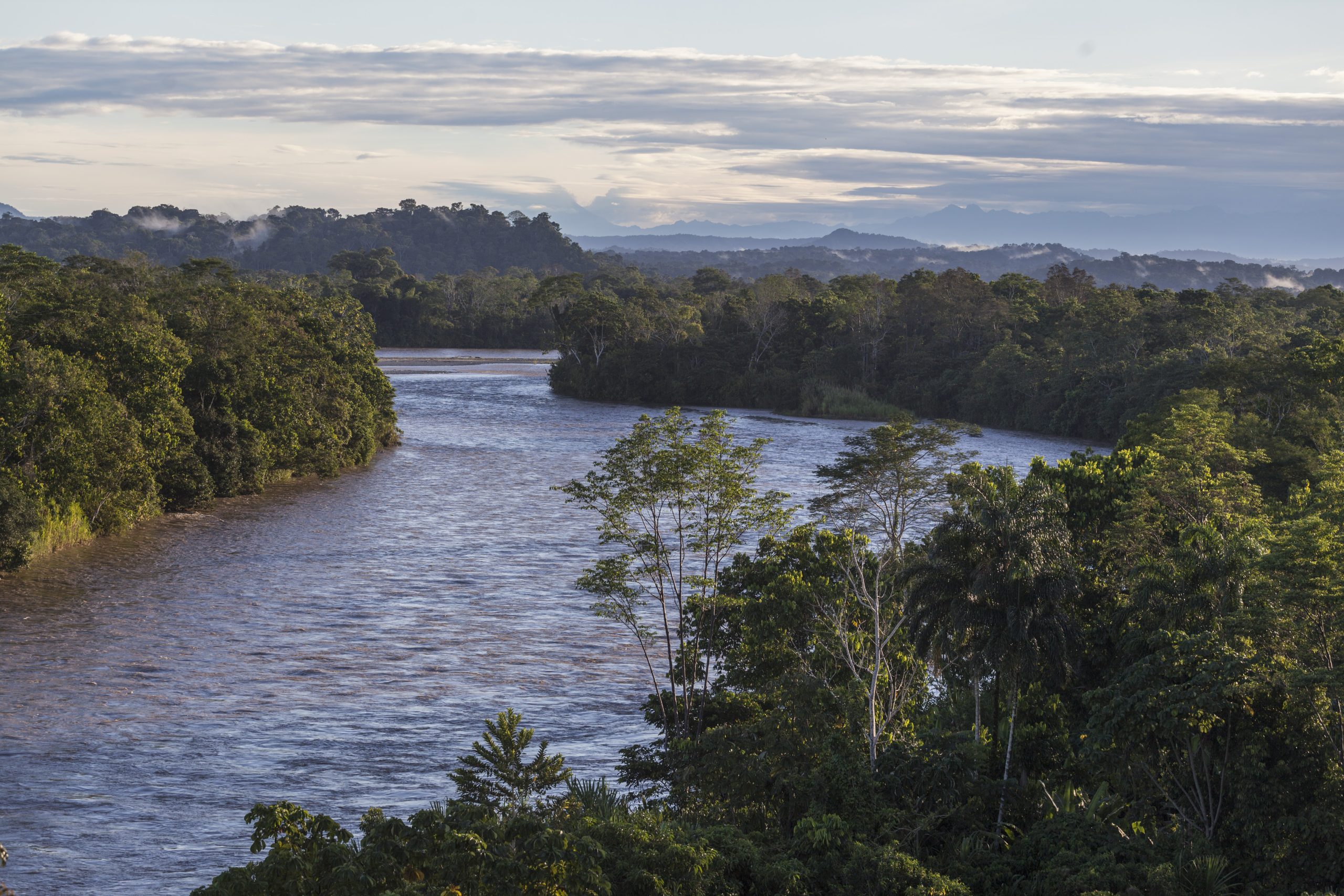
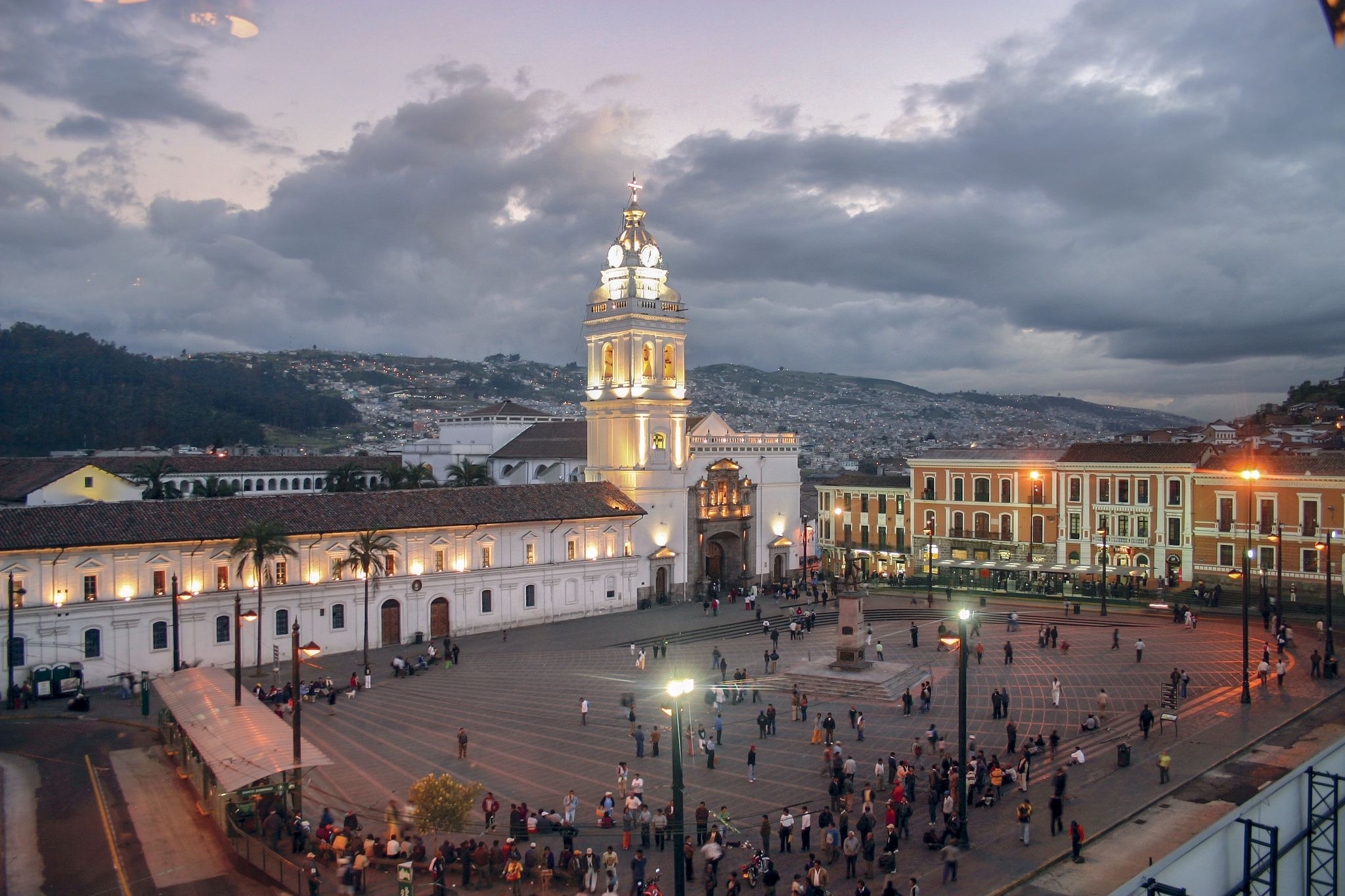
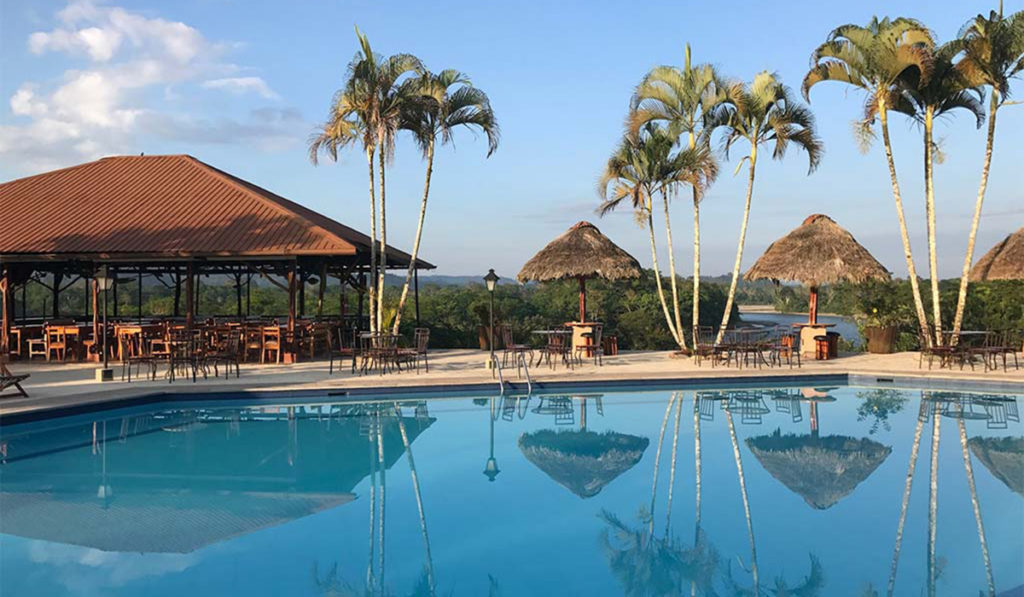
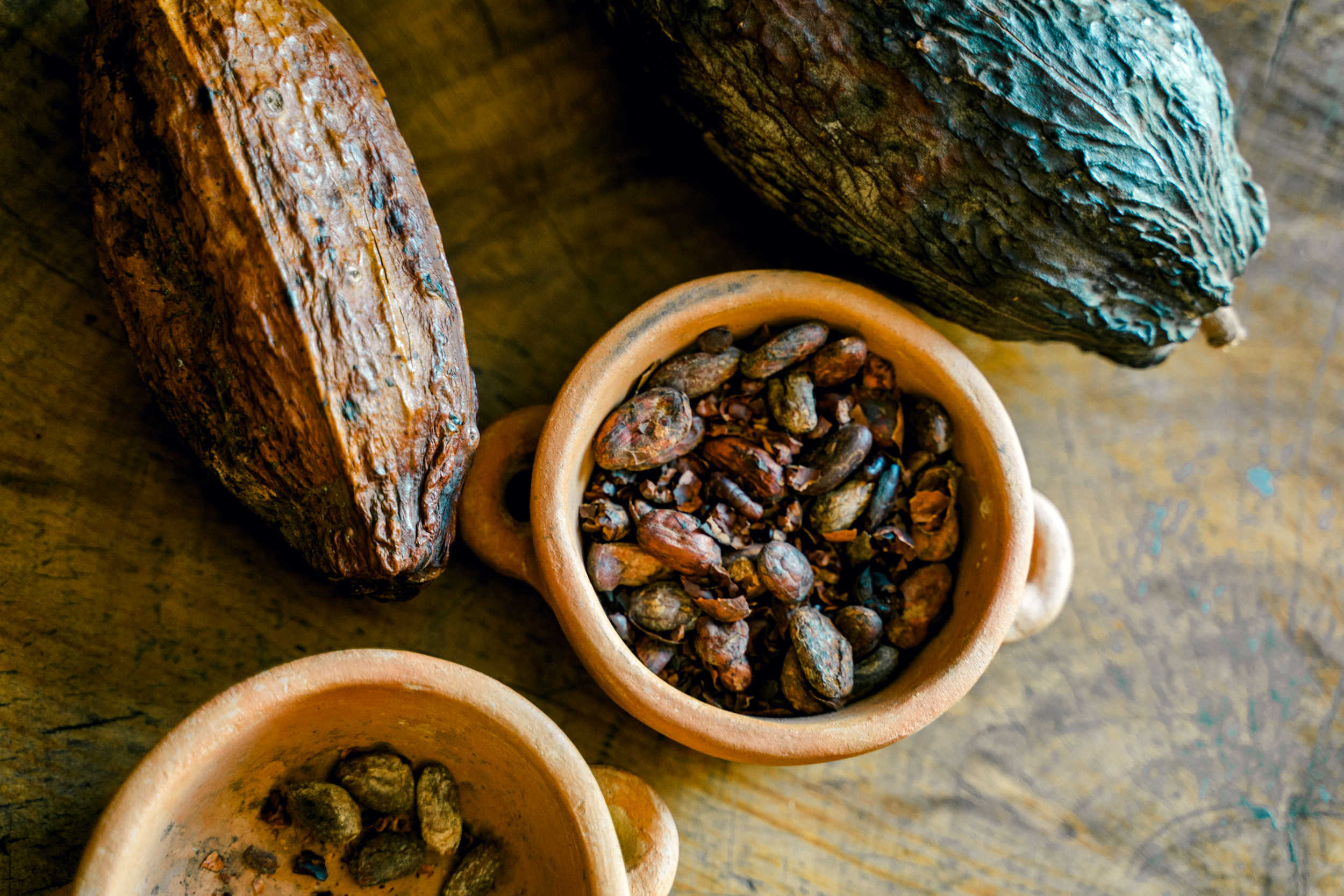


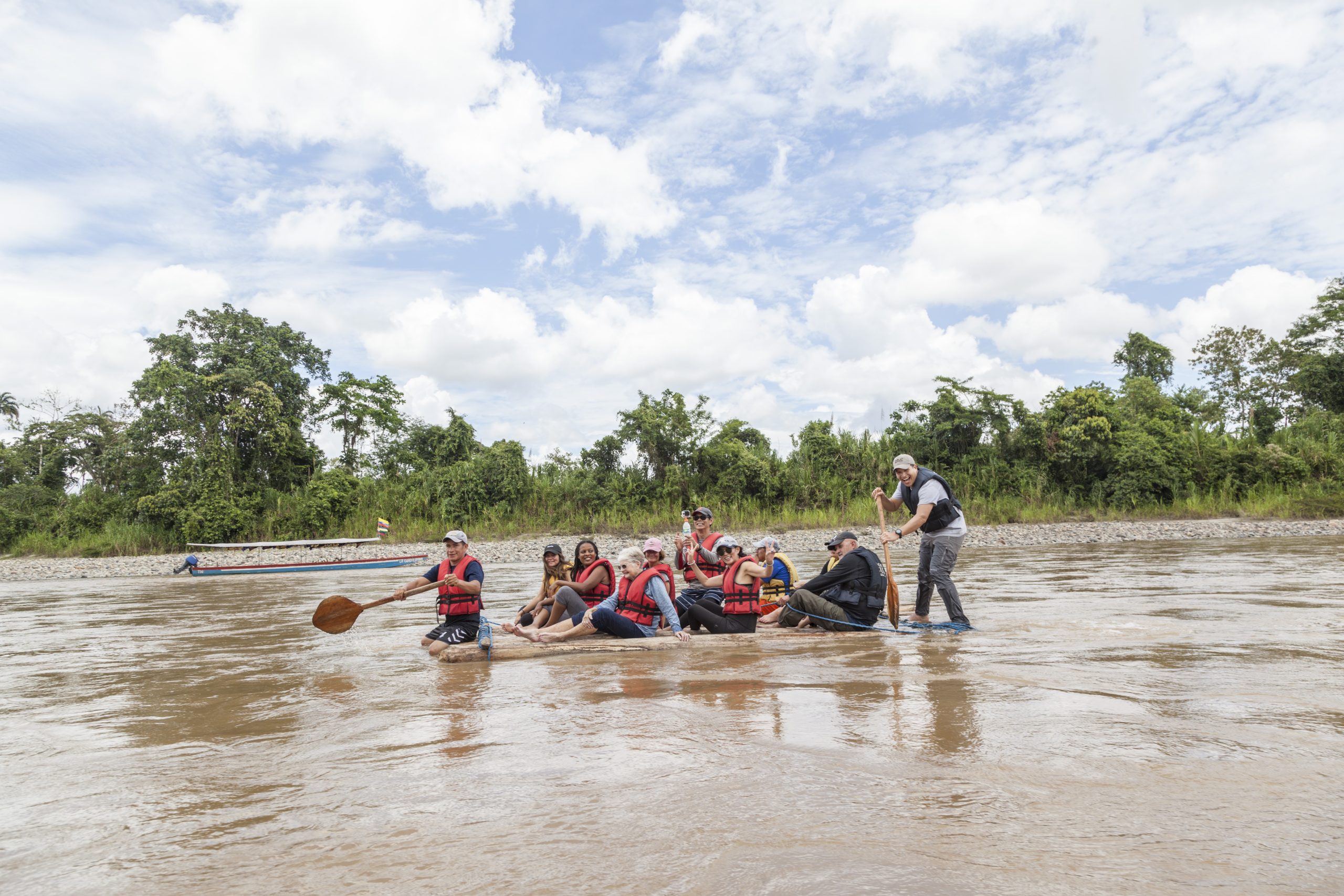
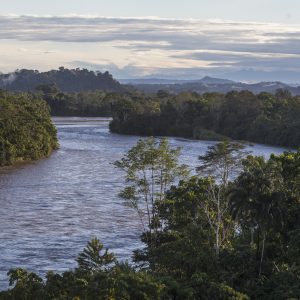
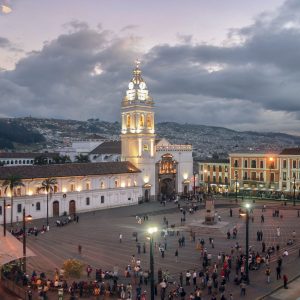
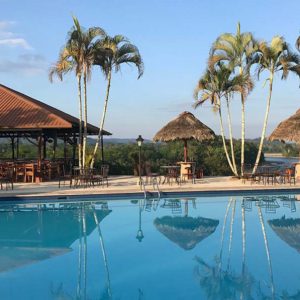
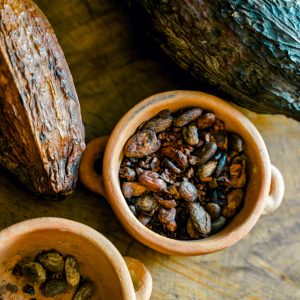
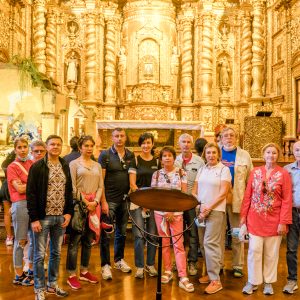
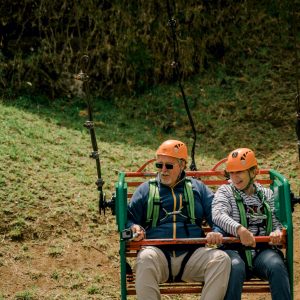
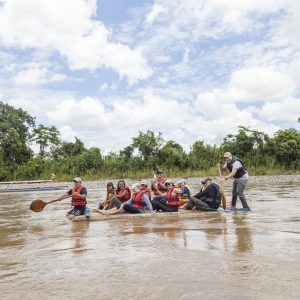

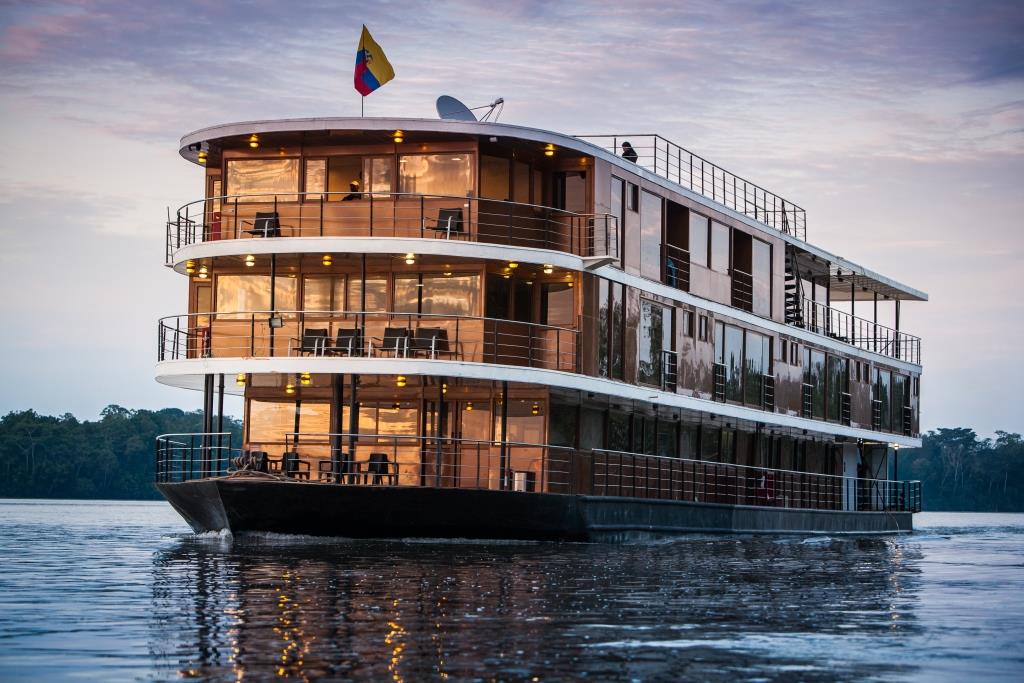
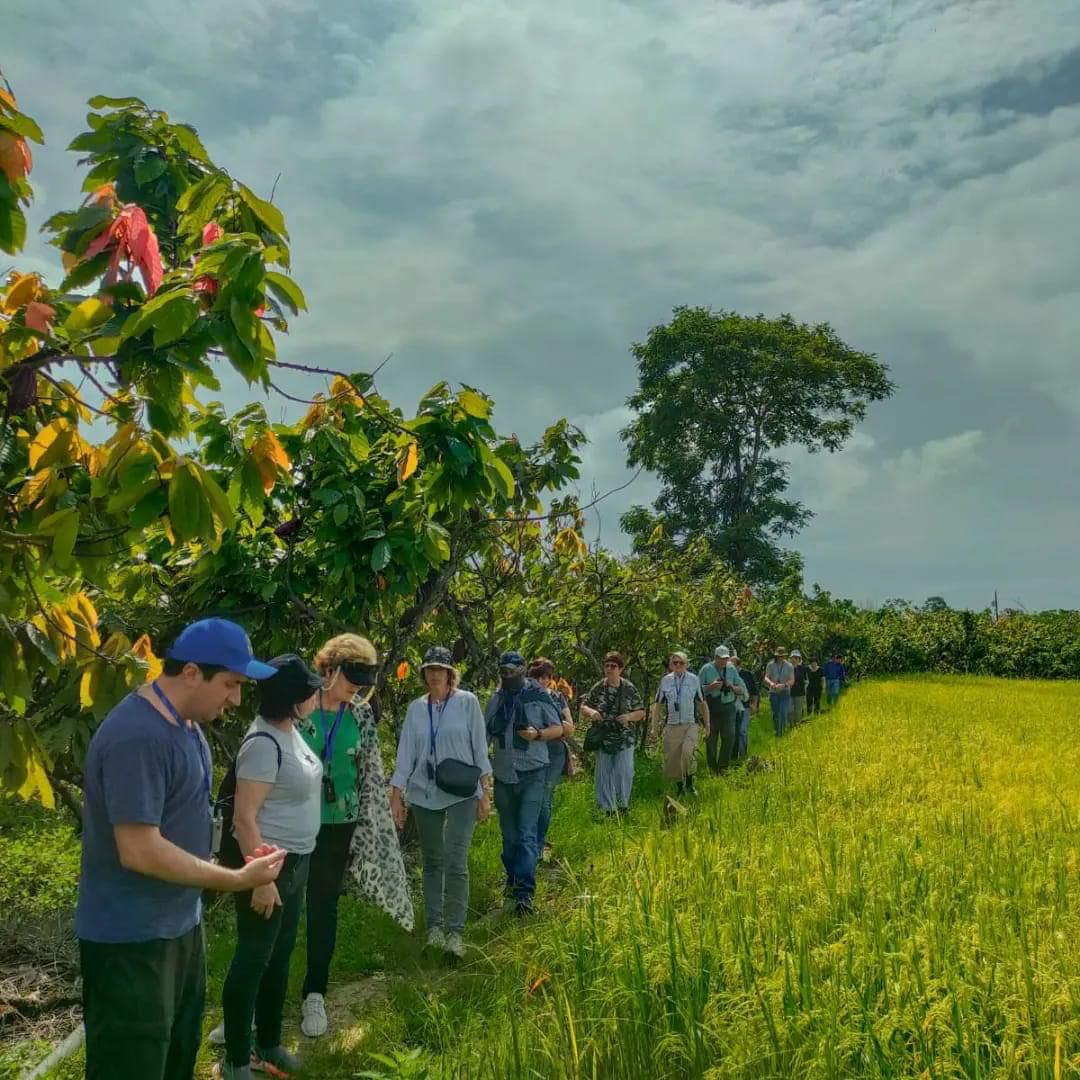
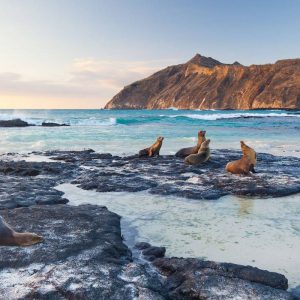

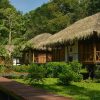
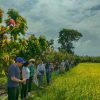
Reviews
There are no reviews yet.